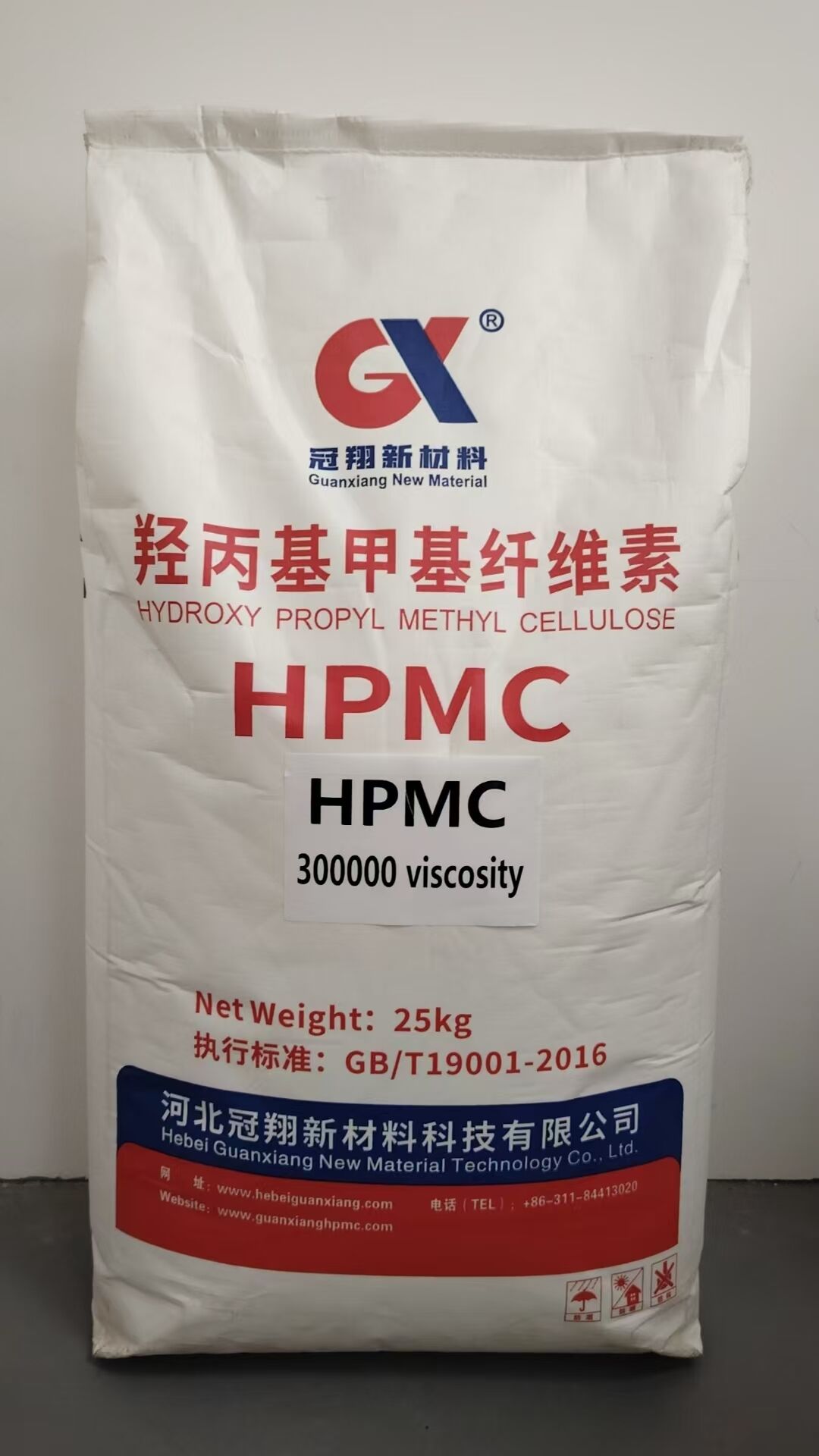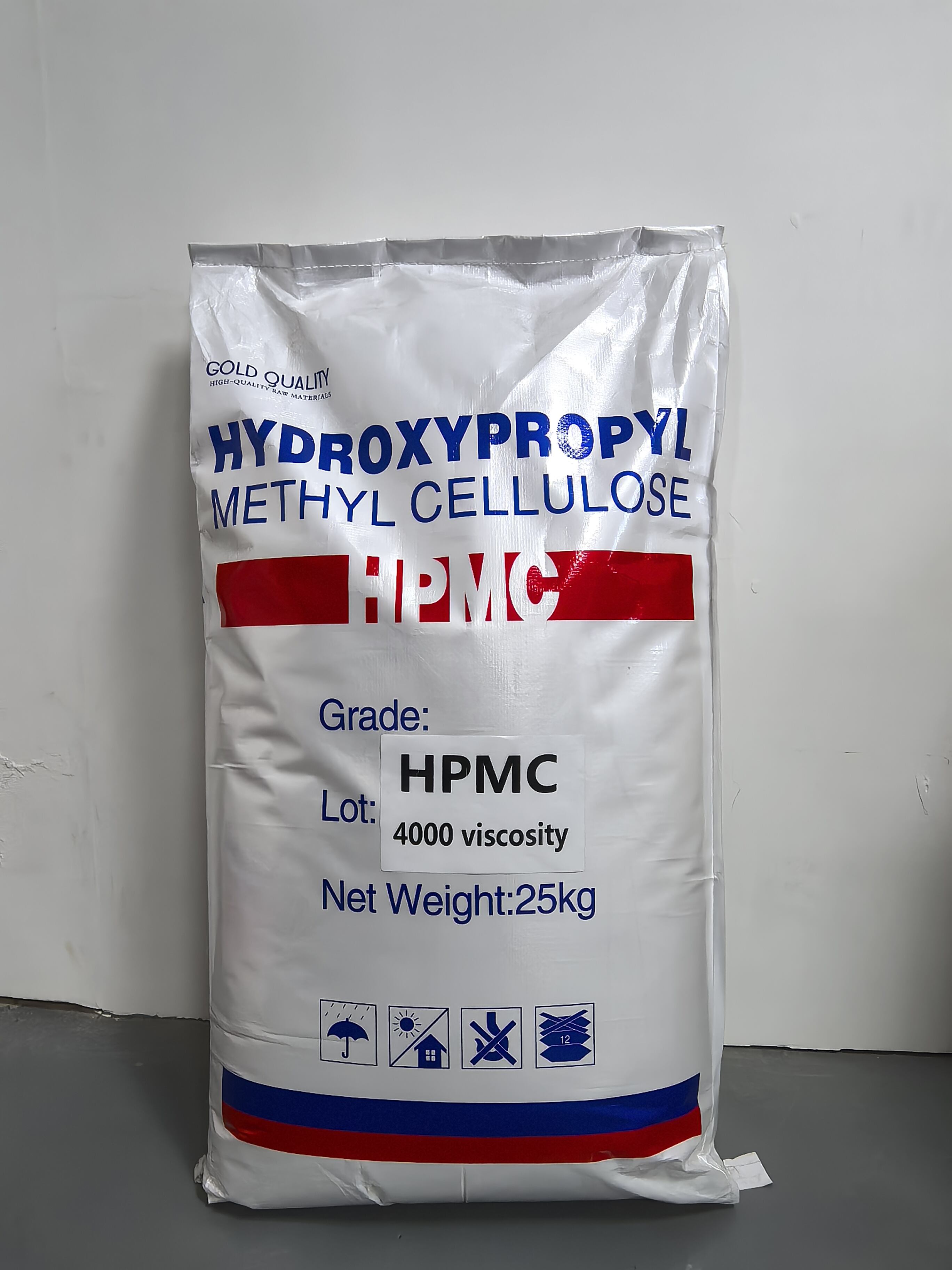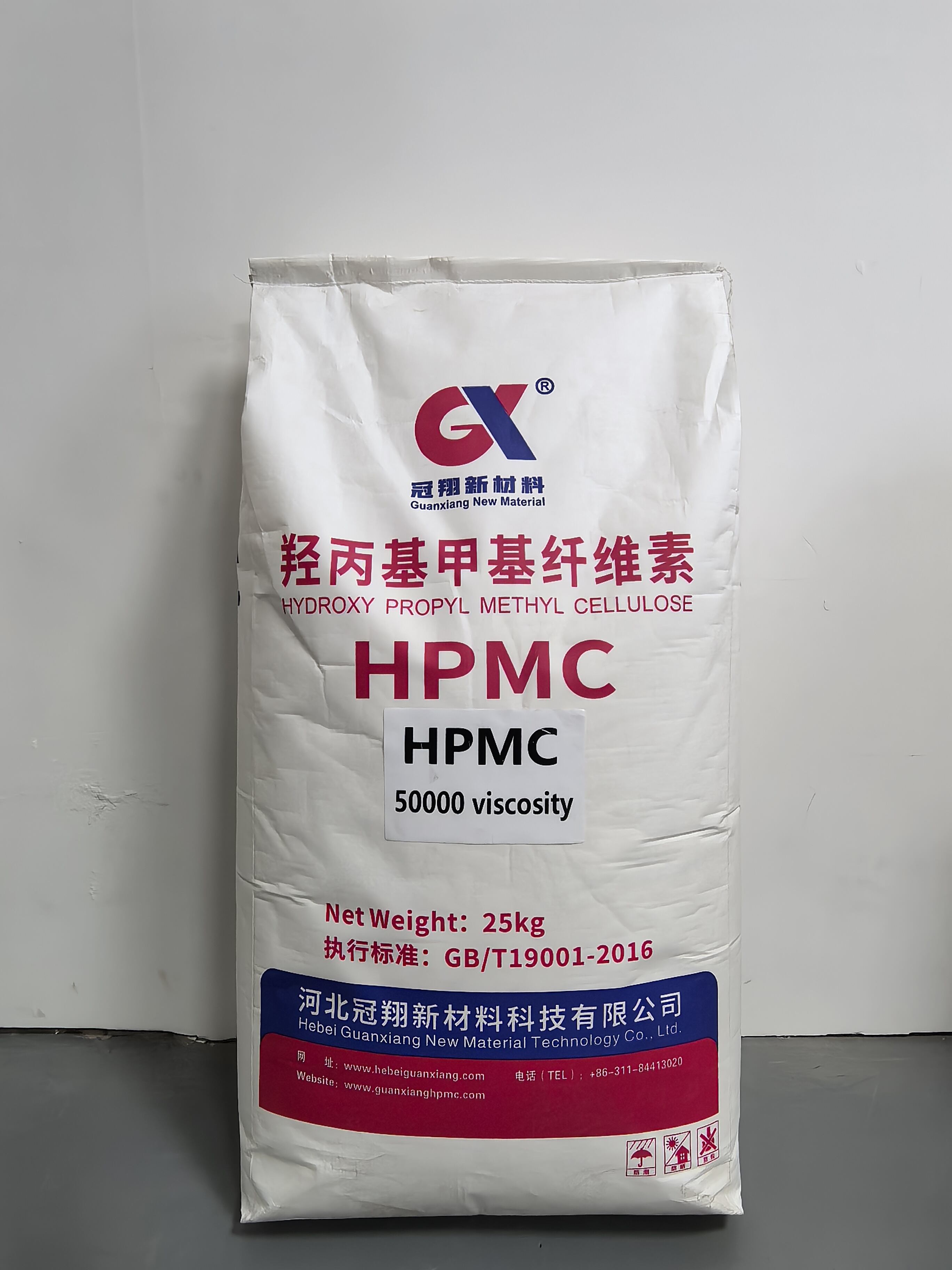hpmc vegetable cellulose
HPMC vegetable cellulose, also known as Hydroxypropyl methylcellulose, is a versatile and sustainable plant-based polymer derived from natural cellulose sources. This innovative material serves as a crucial ingredient in various industries, from pharmaceuticals to food production. As a modified form of cellulose, HPMC offers unique properties including excellent film-forming capabilities, thermal gelation characteristics, and superior binding properties. In pharmaceutical applications, it functions as an effective controlled-release agent for drug delivery systems, ensuring optimal medication efficacy. The food industry utilizes HPMC as a thickening agent, stabilizer, and emulsifier, contributing to improved texture and shelf life of various products. Its ability to form clear, flexible films makes it invaluable in coating applications, while its temperature-responsive properties enable innovative solutions in both food and pharmaceutical formulations. HPMC vegetable cellulose stands out for its environmental sustainability, being derived from renewable plant sources and biodegradable nature. Its versatility extends to construction materials, where it serves as a critical additive in cement-based products, enhancing water retention and workability.


